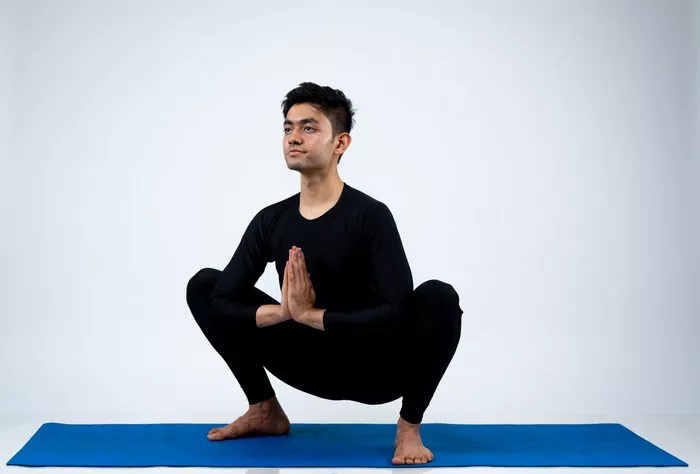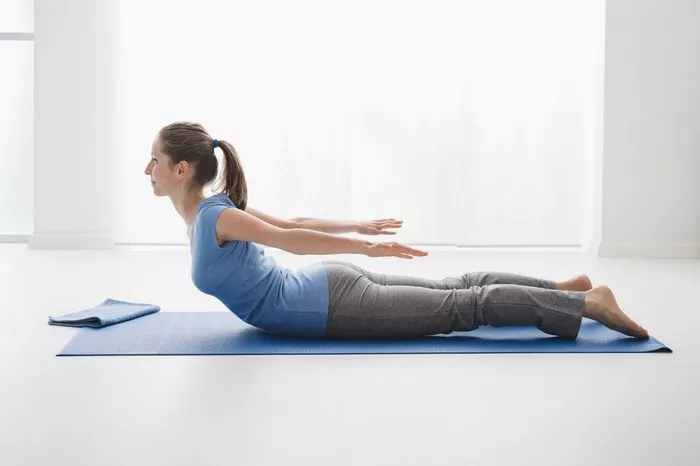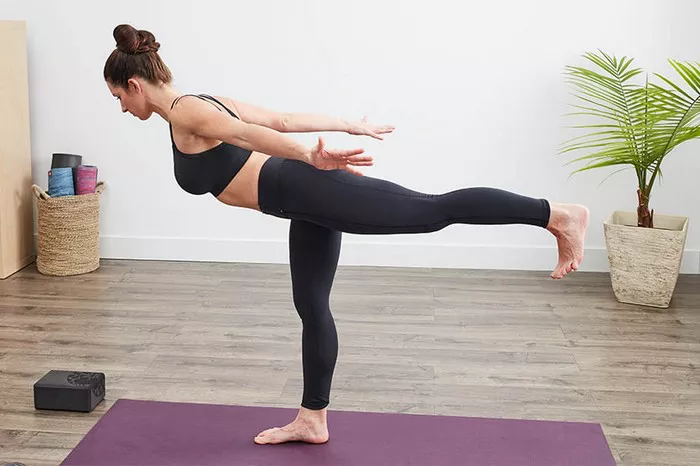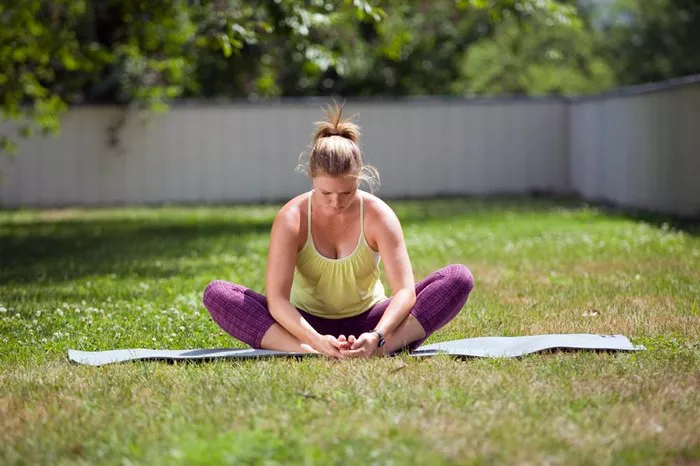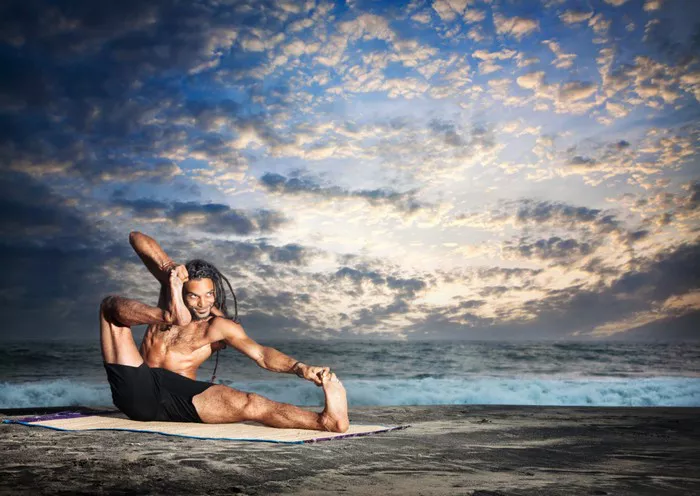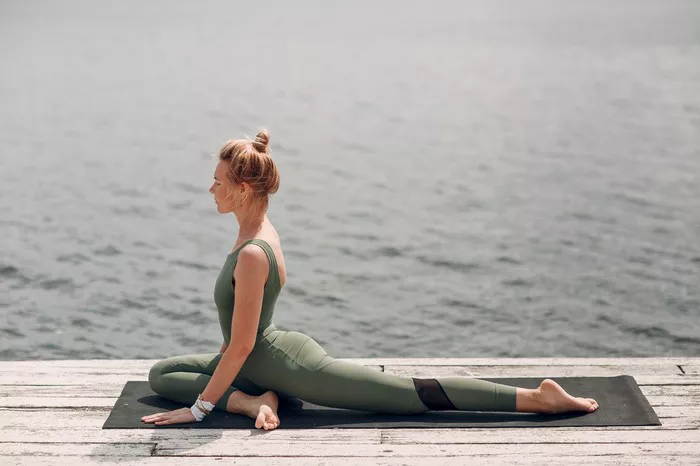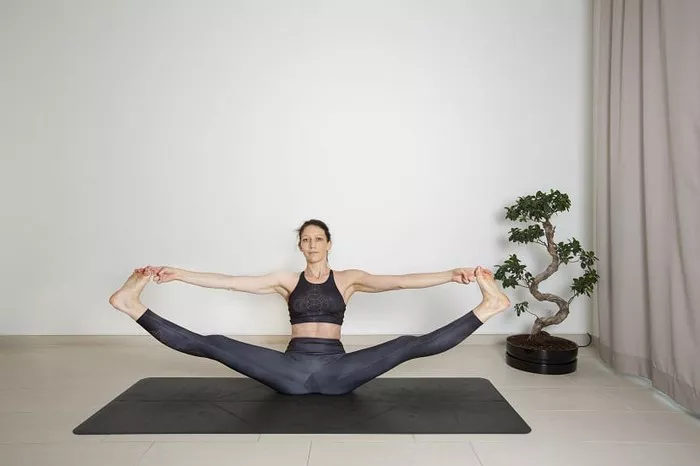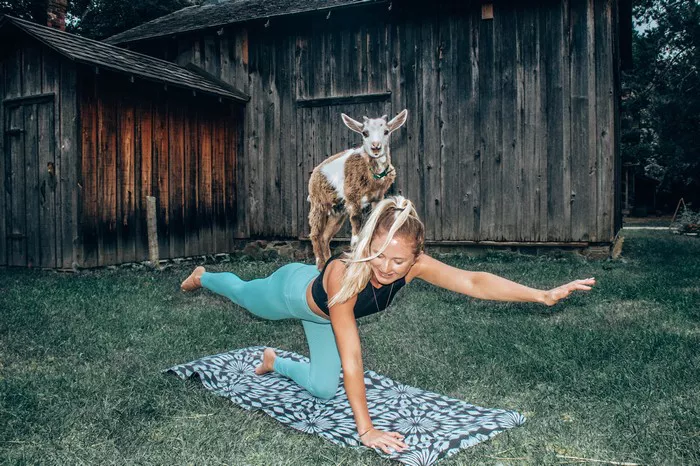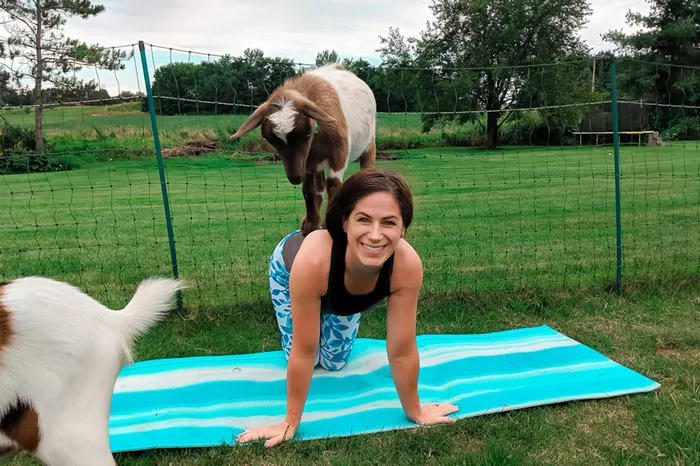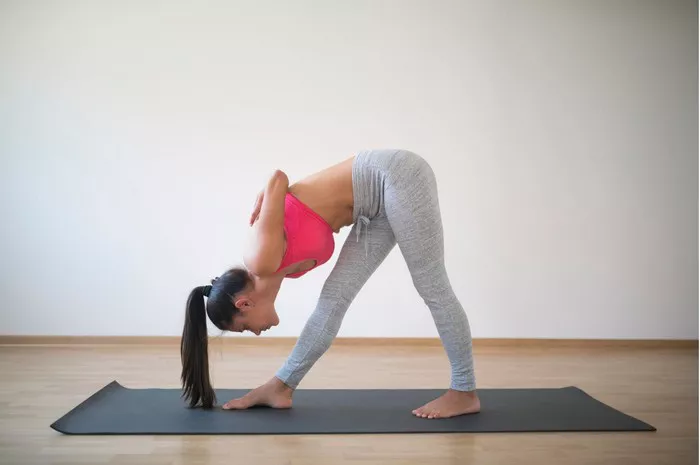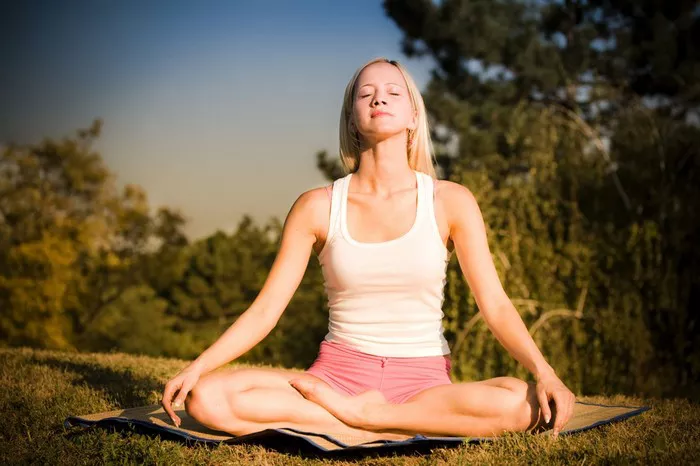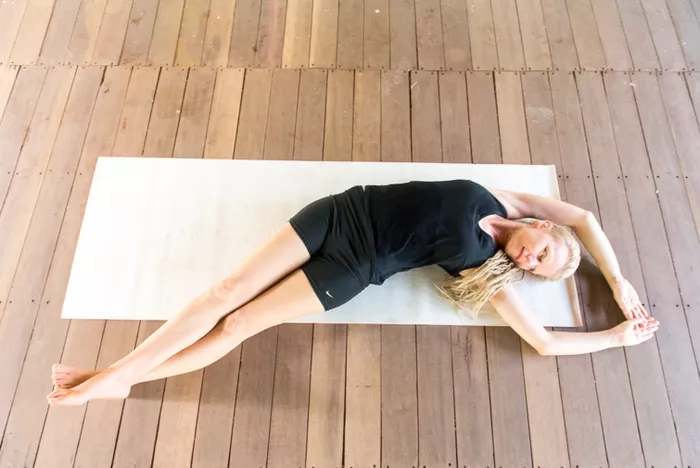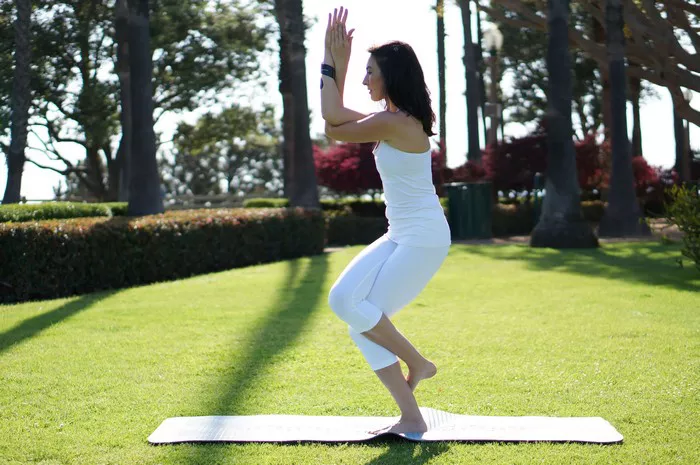Arthritis, particularly osteoarthritis, is a common condition affecting millions worldwide. It leads to inflammation and degeneration of joint cartilage, often resulting in pain, stiffness, and reduced mobility. The knees, being weight-bearing joints, are especially vulnerable. Yoga can be a powerful tool to maintain flexibility and strength, but not all poses are suitable for individuals with knee arthritis. Certain positions can exacerbate joint stress and worsen symptoms. It is essential to understand which yoga poses to avoid to prevent further damage to arthritis.
Why Some Yoga Poses Are Harmful to Arthritic Knees
Yoga emphasizes stretching, balance, and strength. However, poses that involve deep flexion, kneeling, or twisting can place excessive pressure on the knees. For people with arthritis, cartilage deterioration means less cushioning, making the joint more susceptible to pain and inflammation. Poses that hyperextend or compress the knees can aggravate the condition. Understanding these risks helps tailor yoga practices to be therapeutic rather than harmful.
1. Hero Pose (Virasana)
Hero Pose requires sitting back on the heels with knees bent deeply and feet splayed to the sides. This position puts significant stress on the knee joints, particularly on the cartilage and ligaments. For individuals with arthritis, this can lead to increased pain, swelling, and potential injury. The intense bend in the knee is not advisable for compromised joints.
Alternative:
- Sit on a bolster or block to reduce knee flexion.
- Use a chair for supported seated poses.
2. Lotus Pose (Padmasana)
Lotus Pose involves extreme external rotation of the hips and deep knee flexion. For someone with knee arthritis, this can lead to sharp pain and potential strain on the medial knee ligament. The pressure on the inner knee during this pose is not suitable for compromised joints and may even accelerate joint wear.
Alternative:
- Try Easy Pose (Sukhasana) with support.
- Sit cross-legged on a folded blanket to reduce strain.
3. Child’s Pose (Balasana)
While Child’s Pose is often recommended for relaxation, it involves deep knee flexion and sustained pressure on the kneecaps. For arthritic knees, this can be uncomfortable or even painful. The pose compresses the joint space and may inflame the synovial lining, worsening arthritis symptoms.
Alternative:
- Place a bolster between the hips and heels to reduce joint pressure.
- Use cushions under the knees.
4. Garland Pose (Malasana)
Garland Pose, or deep yogic squat, requires maximum knee flexion and strong ankle mobility. For people with arthritis, the extreme bend can stress the knee cartilage and increase the risk of joint flare-ups. Additionally, maintaining balance in this pose may strain surrounding muscles and ligaments.
Alternative:
- Perform a half squat with support from a wall.
- Use a yoga block under the hips.
5. Pigeon Pose (Eka Pada Rajakapotasana)
Pigeon Pose places pressure on the front leg’s knee, often pushing it into an awkward angle. This can cause discomfort and exacerbate inflammation for individuals with arthritis. The external rotation required in the front leg can strain the knee ligaments and increase the risk of injury.
Alternative:
- Try Reclining Figure Four Pose while lying on the back.
- Use props to elevate the hips.
6. Camel Pose (Ustrasana)
Camel Pose requires kneeling and leaning back, which puts significant stress on the knees. For those with arthritis, this pressure can cause acute pain and destabilize the knee joints. The pose also requires strong thigh engagement, which may not be feasible for weakened or inflamed knees.
Alternative:
- Perform a standing backbend with hands on the hips.
- Use thick padding under the knees.
7. King Pigeon Pose (Kapotasana)
This advanced variation of Pigeon Pose combines deep backbending with intense knee pressure. It can severely strain the knee joints and surrounding structures. For arthritis sufferers, attempting this pose could result in sharp pain and possible joint injury. It’s best to avoid this posture entirely.
Alternative:
- Stick with supported backbends like Bridge Pose using a block.
- Practice gentle hip openers on the floor.
8. Knee-to-Chest Pose (Apanasana) with Force
Though generally gentle, applying too much force during Knee-to-Chest Pose can stress the joint. Overpulling the knee toward the chest can compress the knee joint and aggravate arthritic symptoms. The key is to perform the pose with awareness and support.
Alternative:
- Use a strap behind the thigh for a gentler stretch.
- Bend the opposite knee to reduce pressure.
9. Bound Angle Pose (Baddha Konasana)
Bound Angle Pose can be problematic if knees are forced downward. This action stresses the inner knee ligaments and may trigger pain for those with arthritis. It also requires external hip rotation, which can transfer strain to the knees if the hips are tight.
Alternative:
- Support knees with yoga blocks or blankets.
- Recline back on a bolster to reduce joint pressure.
10. Full Chair Pose (Utkatasana)
Full Chair Pose demands sustained knee flexion, putting stress on the patella and surrounding joint structures. Holding this pose can exacerbate inflammation and discomfort in arthritic knees. It also places weight directly over the knees, which may not be well-tolerated.
Alternative:
- Perform Half Chair Pose with a wall for support.
- Reduce the degree of knee bend.
11. Crescent Lunge (Anjaneyasana) on the Knee
This pose places direct pressure on the back knee, especially if performed on a hard surface. For individuals with arthritis, kneeling can be painful and may inflame the joint. Without adequate cushioning, the pose can become counterproductive.
Alternative:
- Use thick padding or a folded blanket under the knee.
- Try High Lunge instead, keeping the back leg extended.
12. Frog Pose (Bhekasana)
Frog Pose involves a deep hip opener that places significant lateral stress on the knee joints. The wide-legged position and pressure from the ground can cause inner knee pain and ligament strain. It is not suitable for those with compromised joint integrity.
Alternative:
- Perform a gentler hip opener like Butterfly Pose with support.
- Use pillows under the thighs and knees.
General Tips for Practicing Yoga with Arthritic Knees
- Always consult a healthcare provider or physical therapist before beginning a yoga regimen.
- Use props generously: blocks, bolsters, straps, and cushions can provide crucial support.
- Avoid forcing any movement; work within a pain-free range of motion.
- Incorporate gentle stretching and strengthening poses that focus on the hips and thighs to reduce knee load.
- Prioritize alignment and joint stability in every pose.
- Opt for slower-paced classes such as Hatha or restorative yoga.
Conclusion
Yoga can be incredibly beneficial for managing arthritis when approached with mindfulness and caution. However, certain poses place too much pressure on arthritic knees and should be avoided or modified. Understanding which poses to skip and embracing safer alternatives can make yoga a valuable part of an arthritis management plan. Always listen to your body, use supportive props, and consider working with a yoga therapist experienced in joint care.
FAQs
Q1: Can yoga help reduce knee arthritis pain?
Yes, yoga can help manage arthritis symptoms by improving flexibility, reducing stiffness, and strengthening supportive muscles. However, it’s essential to practice safely and avoid poses that stress the knees.
Q2: What type of yoga is best for arthritis?
Gentle styles like Hatha, Restorative, and Chair Yoga are often best for people with arthritis. These styles focus on slow, supportive movements and minimize joint strain.
Q3: Are there any signs that a yoga pose is harming my knees?
Yes. If you feel sharp pain, instability, or prolonged soreness in your knees after practicing a pose, it’s a sign the pose may not be suitable for you. Always stop and modify or skip such poses.
Q4: Should I use props during yoga if I have arthritis?
Absolutely. Props like blocks, bolsters, and straps can provide support, improve alignment, and help you perform poses more safely.
Q5: Can yoga replace physical therapy for knee arthritis?
While yoga is beneficial, it should complement—not replace—physical therapy. A physical therapist can design a program tailored to your specific condition and guide your progress effectively.
Related Topics:


